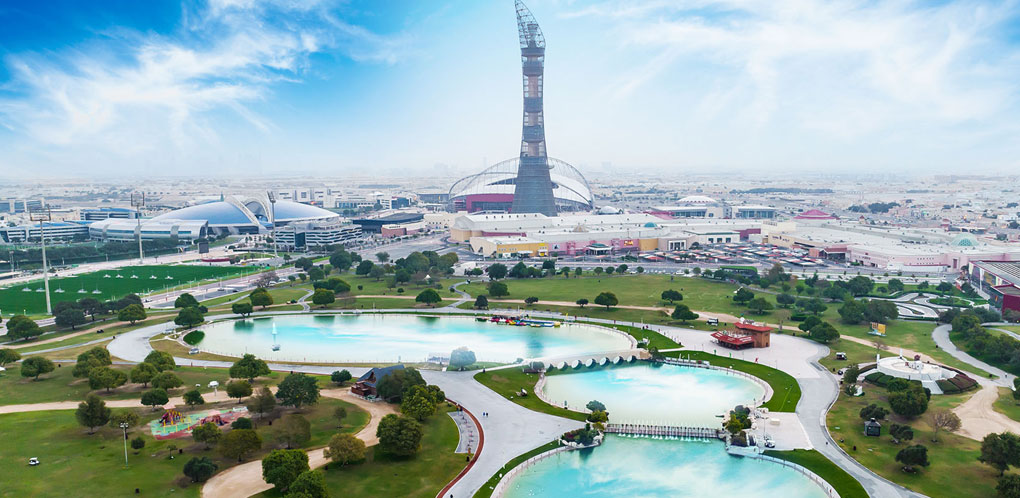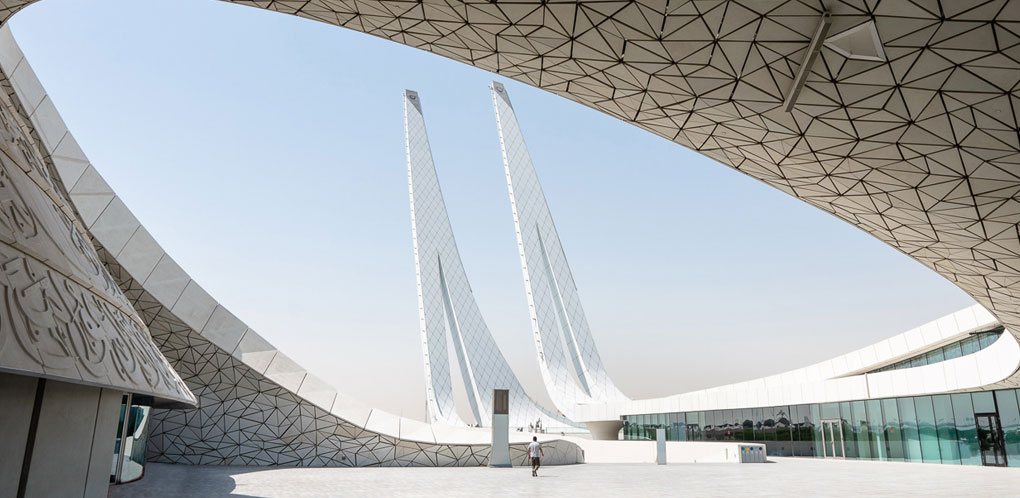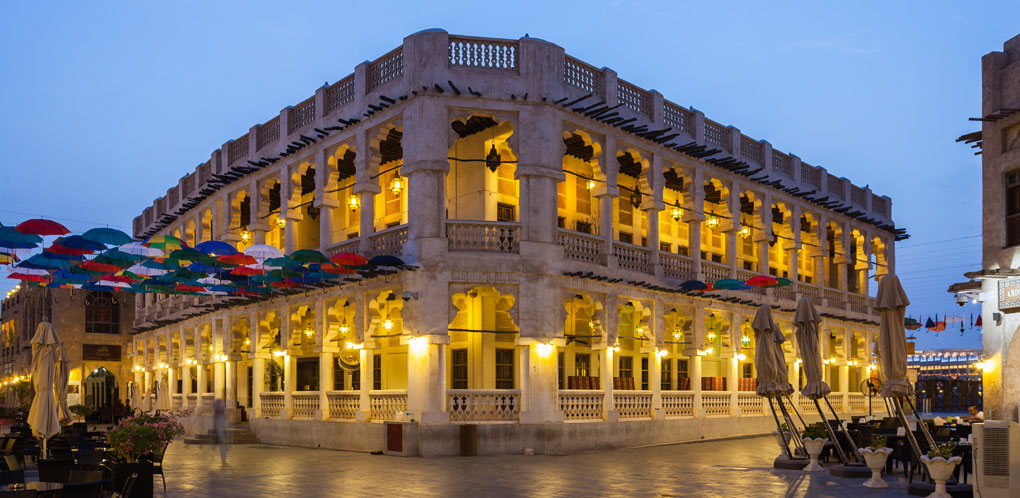
Fujairah
The Emirate of Fujairah is one of the seven emirates that make up the United Arab Emirates. The only of the seven with a coastline solely on the Gulf of Oman and none on the Persian Gulf, its capital is Fujairah.

History of Fujairah
The Emirate of Fujairah, under the dominance of the Sharqiyin tribe, strategically sits at the mouth of the significant trade route known as Wadi Ham. This route, guarded by the Sharqiyin Al Bithnah Fort, connects the coast to the interior and the Persian Gulf. Historically, the east coast, known as Shamaliyah, was under the influence of Muscat until 1850. At that time, an agreement between Sheikh Sultan bin Saqr Al Qasimi and the Sultan of Muscat led to its annexation by Al Qasimi of Sharjah.
Governed by Al-Qasimi Wali at Kalba, the Shamaliyah saw frequent shifts in allegiance. In 1901, Sheikh Hamad bin Abdullah Al Sharqi, chief of the Sharqiyin, declared independence from Sharjah. While recognized by some Trucial Sheikhs and Muscat, this move was not acknowledged by the British, who were often at odds with the independent-minded ruler. At the time, the Emirate of Fujairah was relatively small, consisting of around 150 houses and 3,000 date palms, with its economy centered on pearling and date cultivation.
Following the absorption of Kalba by Sharjah in 1952, the Shamaliyah was shared between Fujairah and Sharjah. It was in this year that the Emirate of Fujairah entered into treaty relations with Britain, becoming the last of the emirates to join the Trucial States. This recognition was granted by the British government primarily because the oil exploration company Petroleum Concessions Limited (PCL) required a concession with a recognized ruler.
On December 2, 1971, the Emirate of Fujairah became a part of the United Arab Emirates.
Archaeological discoveries in Fujairah point to a rich history of human habitation and trade spanning over 4,000 years. Burial sites dating back to the Wadi Suq period (2,000 to 1,300 BC) have been found at Bithnah and the Qidfa’ Oasis. Additionally, remains of a tower from the third millennium BCE were used in the construction of the Portuguese fort at Bidiyah, which dates back to 1450–1670 according to carbon dating.
Fujairah boasts numerous late Islamic fortresses and is home to the oldest mosque still in use in the UAE, the Al Badiyah Mosque, constructed in 1446 using mud and bricks. This mosque, with its unique architecture featuring four domes and lacking a minaret, bears similarity to mosques found in Yemen, eastern Oman, and Qatar.

























